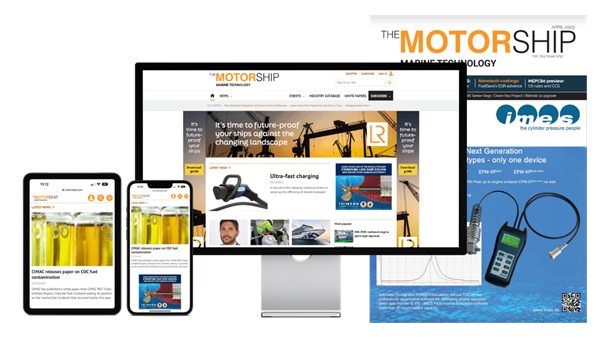- News
- Subscribe

Get full access to The Motorship content
Including the digital magazine, full news archive, podcasts, webinars and articles on innovations and current trends in the shipping industry.
- Expert analysis and comment
- Unlimited access to in-depth articles and premium content
- Full access to all our online archive
Alternatively REGISTER for website access and sign up for email alerts
- White Papers
- Industry Database
- Events
Propulsion & Future Fuels Conference
Green Ports & Shipping Congress


The Motorship’s Propulsion & Future Fuels is the leading international conference on powering shipping’s emissions-cutting ambitions. The Green Ports & Shipping Congress will identify and prioritise the areas that ports-based organisations and shipping companies need to collaborate on to reduce emissions. Visit the PFF Website Visit the GPSC Website
Close menu
- Home
- News
- Subscribe
- White Papers
- Industry Database
- Events
Triple Screw Multi-Cat Zwerver II
2003-10-01T00:00:00
A further step in the evolution of multipurpose, shallow draft work-vessels
Continue this article…
Already subscribed? SIGN IN now

Sign up for FREE to continue this article!
Want to read more before deciding on a subscription? It only takes a minute to sign up for a free account and you’ll get to enjoy:
- Weekly newsletters providing valuable news and information on the shipping sector
- Full access to our news archive
- Live and archived webinars, podcasts and videos
- Articles on innovations and current trends in the shipping industry
- Our extensive archive of data, research and intelligence
Get more free content sign up today
Ready to subscribe? Choose from one of our subscription packages for unlimited access!

